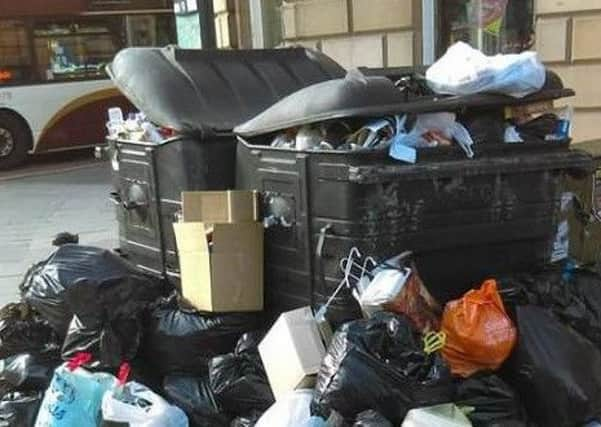When it comes to eating out, Scotland has a big problem – Stephen Jardine


How much is too much? When it comes to portion control, that is a very personal question.
For many people, quantity equals value. No matter how delicious it is, after any fancy dinner someone will inevitably complain they are still hungry.
Advertisement
Hide AdAdvertisement
Hide AdAppetities seem to have increased dramatically in recent years but so have our waistlines. You only have to look at the crockery to see the difference. Dinner plates used to be a bit bigger than side plates. Now they are often cavernous bowls, big enough for the heartiest portion.
Most of us need to be eating less for our own sake, but there is something else at stake.
In 2019 we are eating out of home more than ever before. The average person in Britain eats out at least twice a week but that comes at a price.
According to the environmental charity Wrap, over a million tonnes of food waste is thrown away in the UK hospitality sector every year and yet three-quarters of that could have been eaten.
Up to a third of food waste is simply left on a plate because the customer complains they are full with side salads, potatoes and rice featuring most frequently.
Zero Waste Scotland has a scheme to encourage customers to ask for doggy bags to take uneaten food home but there is another approach emerging. Restaurants have come to realise food waste is also financial waste for them. No chef wants to spend time creating a menu, working with suppliers and cooking food only to see it tossed into the bin at the end of the evening. Quite apart from the squandering of produce there is the commercial cost of having food waste collected and removed and that increases year after year.
With that in mind, more and more restaurants are now looking at portion control as a way to squeeze margins and save the planet.
Advertisement
Hide AdAdvertisement
Hide AdThe trend for sharing plates is good news. That ensures less waste makes its way back to the kitchen. With suggestions that Brexit could see some food prices increase, every restaurant owner is looking for ways to deliver the best experience in the most efficient way. But they need our help in that. We have to stop equating size with value when it comes to food and drink.
In a pub in the Borders recently, the Sunday roast I was served came with three different types of potatoes. The mashed, roast and boiled spuds piled the plate wide and high but they also went back largely untouched. That was a waste in every sense of the word.
We also need to think about what we eat differently. It’s tempting to put some pretty salad leaves on the side of a plate of restaurant food to make it look more aesthetically appealing but if they always end up being scraped into the waste bin, what’s the point?
In modern Scotland, most of us eat more than is necessary. At home, the solution is no second helpings and leaving the biscuit tin empty but we shouldn’t think that eating out means we are all off duty when it comes to food waste and environmental impact.
We all want value for money but we should be able to recognise that means quality over quantity every time.